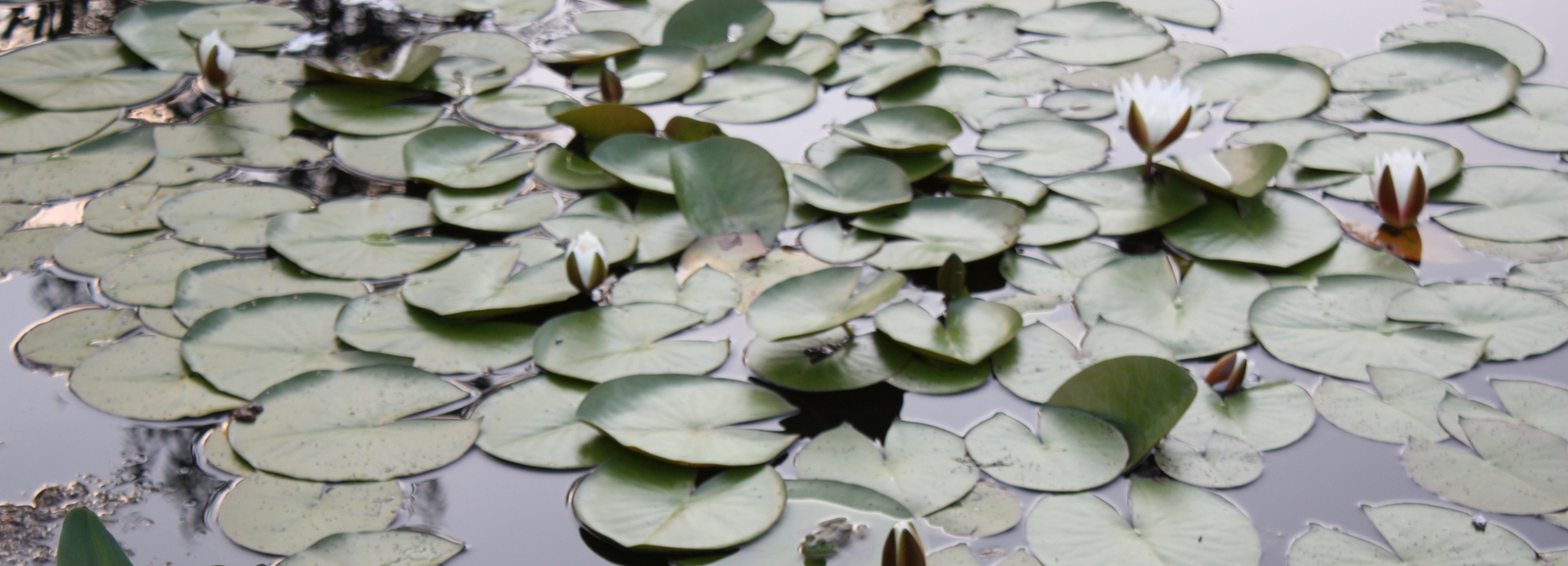
Discover our exciting self-guided trail and learn about the area's native plants and butterflies, some of which are endangered species. Enjoy the pond, bridges, arbor, gazebo and boardwalk as you make your way along the trails. During your hike, look for signs and educational kiosks that explain what you are observing.
What is a Native Plant?
Although this is debated, the most commonly accepted definition is a plant that grew here in a similar ecosystem before European settlement. Alien plants come from other places. Those that propagate independently in the wild are called naturalized. Some of these aliens become invasive.
Invasive plants are the "bullies" of the plant world. They push-out, smother or out-compete native plants. They have few predators to keep them in check since they evolved in foreign ecosystems. The four major invasive plants at the Butterfly Trail are Autumn Olive, Crown Vetch, Multiflora Rose and Canada Thistle. Trail volunteers have been working to control these species.
Native plants are a part of the natural community. They have a place in the food chain and in the web of life. They tend not to be invasive since they are held in check by the wildlife that has evolved to use them.
A Butterfly's Basic Needs
- Host Plants (H) to lay their eggs on. When these eggs turn to caterpillars, the plants become their food source. Many butterfly host plants are very specific.
- Nectar Plants (N) or another adult food source: nectar, sap, manure or rotting fruit for some.
- Sun to warm their wings and enable them to fly.
- Wintering place unless they can migrate.
- Shallow water source.
